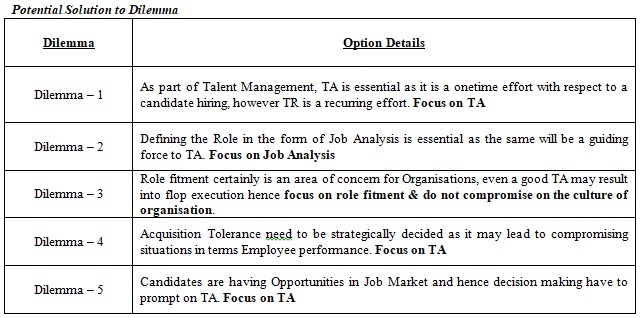A Case Study on Talent Acquisition at Organisations
DOI:
https://doi.org/10.31033/ijemr.13.1.2Keywords:
Talent Management, Talent Acquisition, Talent Retention, Learning & DevelopmentAbstract
Talent Management is an essential element of Organisational Development. Talent Management broadly has two sets: Talent Acquisition (TA) and Talent Retention (TR). Talent acquisition deals with the strategies, tactics and processes for identifying, recruiting and finally retaining (TR) the human resources a company needs. The TA attract various dilemma highlighted in the case right from the TA vs TR discussion to Acquisition tolerance & opportunities in the Market. This case study on Talent Acquisition is an illustrative & appraisal case whereby the Authors have presented the thoughts of Industry representatives and created an opportunity of deliberation upon the dilemma surrounding the TA. The Case study aims to equip the readers with understanding on the essentials of Talent Acquisition. The case presents the dilemma associated with the Talent Acquisition at Organisations. It further entails to deliberate upon the Talent Acquisition element for Organisations and potential way out to the dilemma associated. Overall, the analysis of the case shall attract an understanding of the domain of Talent Acquisition at the Organisations. Talent Acquisition & Retention are the core of Companies today, hence Industry at large will be a party to the benefits of learning from the case. The case study has strong relevance to benefit the Management Education Students and budding entrepreneurs.
Downloads

Downloads
Published
How to Cite
Issue
Section
License
Copyright (c) 2023 Dr. Rajesh Kumar Pandey, Subodha Sarangi

This work is licensed under a Creative Commons Attribution 4.0 International License.











